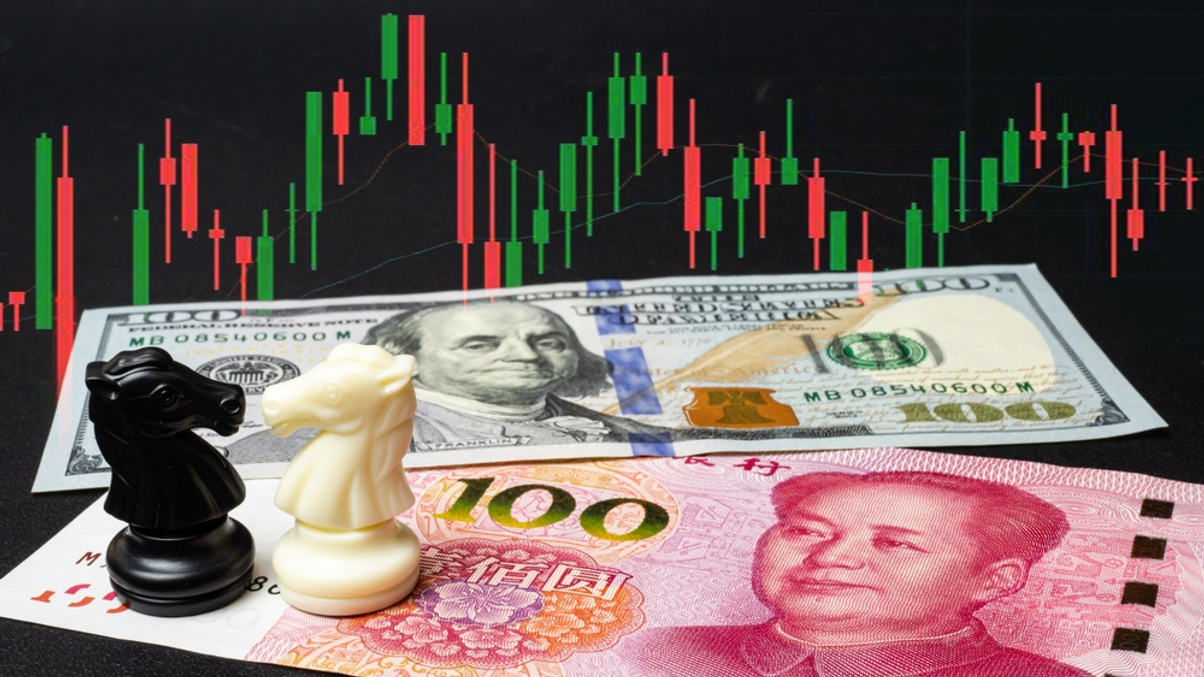Market Views: How low can the Chinese yuan sink?
How long will the renminbi stay on the weak side as the China-US rate paths diverge? Has the currency been undervalued? Fund managers have different views.

The Chinese yuan has been on a weakening path over the past three months, testing its weak point against the US dollar at 7.3 back in 2022.
Sign In to Your Account
Access Exclusive AsianInvestor Content!
Please sign in to your subscription to unlock full access to our premium AI resources.
Free Registration & 7-Day Trial
Register now to enjoy a 7-day free trial—no registration fees required. Click the link to get started.
Note: This free trial is a one-time offer.
¬ Haymarket Media Limited. All rights reserved.


